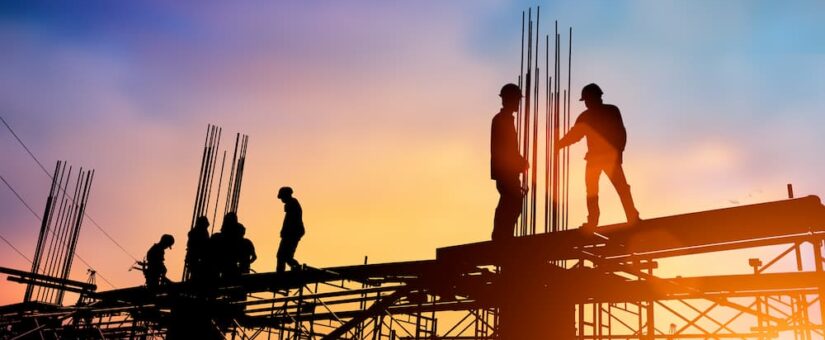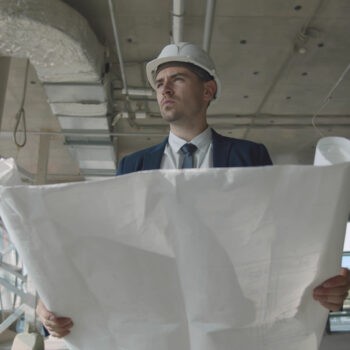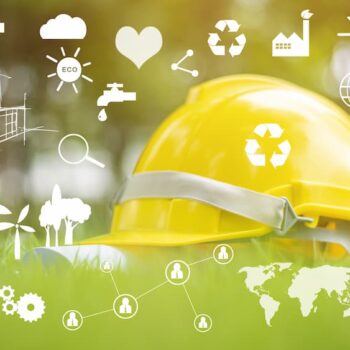
Construction Trends for 2022
- Posted by admin
The COVID-19 pandemic may have upended many aspects of life, but it’s also led to positive changes. Forced apart by social distancing, people turned to technological innovations to complete construction projects. Increased demand for green building and efforts to improve worker safety drove other developments. As these developments continue, let’s look at how they could influence construction trends for 2022 and beyond.
Efficient Technology
It’s no secret that the COVID-19 pandemic has impacted the construction industry. During the last two years, builders and developers desired greater efficiency. This trend has driven a move toward lean construction practices, but it’s also caused more organizations in the industry to depend on more construction technologies. Drones have played a huge role in construction projects. Recent developments include several types of wearables:
- Eyewear with augmented reality capabilities
- Smart helmets with AR and 3D vision
- Smart boots, vests, and sensors to aid worker safety
Bionic suits are another major development in construction trends, allowing workers to handle tools and pick up heavy materials with increased strength to minimize injuries. Robotics is being purposed for repetitive tasks such as hanging drywall or bricklaying, plus handling heavy materials and completing tasks in conditions unsafe for human workers. Digital collaboration is also key: Building information modeling allows an entire team of professionals to plan and design a structure using a single 3D model.
Augmented Reality
The worldwide augmented reality market was valued at $37 billion in 2019. Experts expect that this will increase to $1.2 trillion by 2030. AR pairs naturally with wearable tech, especially with 360-degree video capabilities. Some benefits include 3D visualization of future projects in their environments, automated building measurements, instant previewing of proposed construction changes, and safety training.
Building Information Modeling
Building information modeling is one of the most significant digital collaboration technologies in recent years. Using one 3D building model, every professional involved with a construction project can add and access critical data: budget analysis, cost estimates, projected energy consumption, construction timelines, and more.
With BIM, design revisions can be seen quickly by everyone. Access to project data with a visual model also helps the entire project team stay on the same page. Parts can be fabricated quickly. With shared project data, it’s also easier to reduce waste.
Remote Worksites and Mobile Access
We’ve already mentioned digital collaboration, but remote and mobile access to work projects are other notable construction trends. Major developments have made real-time inspections, more accurate measuring, and better onsite accountability possible.
The power of these innovations lies in the ability to collaborate and complete critical project phases from anywhere. For instance, AECOM’s immersive virtual meeting platform made public approval meetings possible without anyone’s physical attendance.
Rising Material Costs
As new technologies make remote collaboration and work possible, one key pressure on the industry remains rising building material costs. The Producer Price Index for construction goods increased by 17% in 2021, according to the Bureau of Labor Statistics.
Rising interest rates may also play a role in increased costs, along with innovative construction materials on the horizon. These include self-healing concrete, invisible solar cells, light-generating concrete, and even transparent aluminum — first imagined in the “Star Trek” universe before it became reality. However, such materials offer long-term cost savings.
Green Building
Green construction isn’t just the gold standard — it’s now the prevailing standard, with residential and commercial clients expecting it in their projects. Many eco-friendly and sustainable technologies and materials are still luxuries now, but they’ll become more widely available in the near future.
Emerging construction trends also include renewable energy sources. They captured about 11% of the total energy market in 2019, with further growth expectations within the next few years. Meanwhile, green construction also aims to lower a building’s overall carbon footprint as well as on construction projects themselves. With green buildings’ demonstrated psychological and physiological effects on their occupants, demand for them should certainly increase.
Focusing on Residential Projects
As many innovations promise to shape the construction industry, builders are also choosing to focus on smaller projects. These include private-sector projects include residential single- and multi-family homes. Evidence of this includes increased residential construction spending in 2021 plus expected housing starts to increase in 2022.
Restaurant Renovation Experts in Virginia
Thanks for reading this short overview of construction trends! At Tech 24 Construction, we offer construction, renovation, and remodeling with solid expertise and unwavering quality. Count on Tech 24 to complete your projects on time while meeting and exceeding your expectations. To start the bidding process or get your questions answered, just complete our contact form or call (866) 303-8907.
Image Source: yuttana Contributor Studio / Shutterstock


